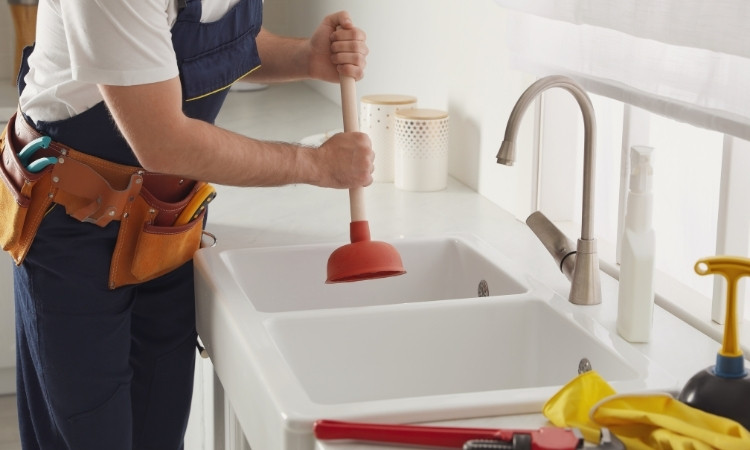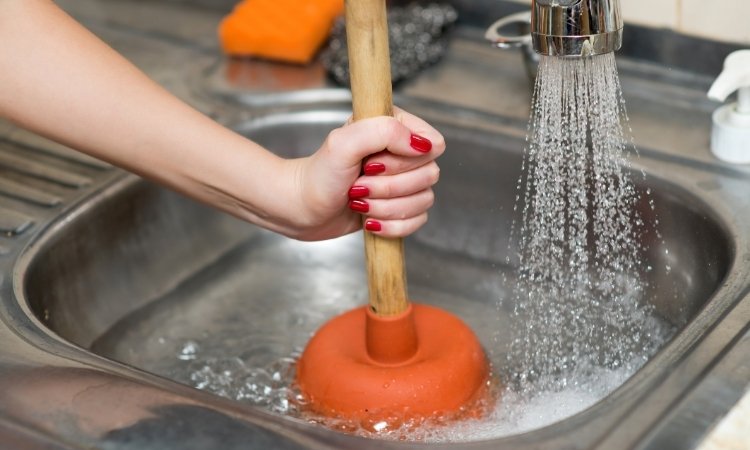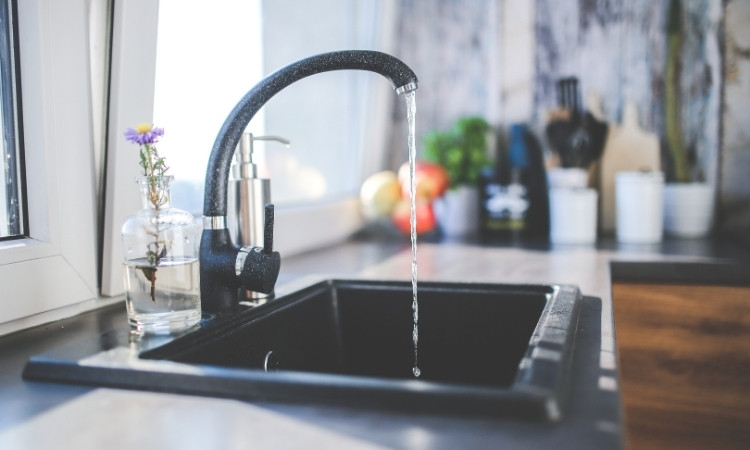It is a common issue to fix a slow sink drain in Singapore. In Singapore, where humidity is high, and kitchens and bathrooms are frequently used, clogged drains can become a headache. Different kinds of suspended particles can cause slow drainage.
If you leave it untreated, the problem can worsen and lead to a complete blockage. This guide will show you how to fix a slow sink drain in simple steps.
How to Fix a Slow Sink Drain in Singapore?
Fixing a slow sink drain is challenging in Singapore’s weather. However, it becomes a simple process once you read the instructions from LS Plumber Services Singapore. Apart from slow sink drain repair in Singapore, they also offer kitchen sink, tap leak repair, and clogged sink repair services.
1. Check for Surface Debris
Before using any tools, check the drain for visible blockages. Sometimes, particles can build up near the drain opening. Use your fingers to remove these debris. This quick fix can repair a slow sink drain without the need for chemicals.
2. Pour Boiling Water Down the Drain
If the blockage is due to grease or soap buildup, boiling water is a better way to fix it. Heat a pot of water and slowly pour it down the drain. The hot water will break down grease and wash away the loose debris. Repeat this step two or three times if needed. Avoid this method if you have PVC pipes, as the heat can weaken them over time.

3. Use a Plunger
A plunger is an effective tool to fix a slow sink drain in Singapore. Fill the sink with a few inches of water to create a seal. Afterwards, place the plunger over the drain. Pump it up and down several times, then quickly pull it away.
The suction will dislodge the blockage and improve drainage. If you feel an improvement in the drain speed, you have successfully cleared the clog. If not, try again and move to the next step.
4. Try a Baking Soda and Vinegar Solution
Baking soda and vinegar create a natural cleaning reaction that can break up clogs. Pour half a cup of baking soda into the drain. Follow it up with one cup of white vinegar. Let the mixture do its work for about 15 minutes, then flush it down with hot water. This method helps remove minor blockages.
5. Use a Drain Snake or Wire Hanger
For tougher clogs, a drain snake is usually a good tool. If you have a drain snake, insert it into the drain and twist it while pushing down. Pull it out slowly to remove hair and other debris. If you don’t have a drain snake, straighten a wire hanger and bend its end into a small hook. Use it to pull out the debris, causing the drain to block.
6. Clean the Sink Stopper or Strainer
Many bathroom sinks have stoppers to catch the debris. The kitchen sinks usually have strainers. Over time, these can become clogged with different kinds of items. Remove the stopper or strainer and clean it thoroughly. Use an old toothbrush to scrub away the buildup before placing it back.
7. Check the P-Trap
The P-trap is a curved pipe beneath the sink that traps debris to prevent deep clogs. If none of the previous methods work, you should try cleaning the P-trap. Place a bucket under the pipe to catch water, then unscrew the connections holding the P-trap. Remove the trap and clean it with warm water and a brush. Once cleaned, reattach it and check if the drain flows better.

8. Use a Commercial Drain Cleaner (If needed)
If natural methods do not work, a commercial drain cleaner can help. Choose a cleaner designed for your type of sink and follow the instructions carefully. Avoid using these products frequently, as they contain harsh chemicals that can damage pipes over time.
9. Prevent Future Clogs
After fixing the slow drain, take steps to prevent future clogs. Avoid pouring grease and other sticky items down the sink. Use a strainer to catch hair and debris. Run hot water down the drain after washing dishes and brushing your teeth.
This is crucial to avoid buildup from forming. Moreover, clean the sink drain with baking soda and vinegar once a month to maintain good water flow.
Conclusion
With the right approach and understanding, it is easy to fix a slow sink drain in Singapore. First, you need to remove surface debris and use boiling water. If the problem persists, try different methods like plunging, using a drain snake, and checking the P-trap. Regular maintenance can keep your drain flowing smoothly and prevent future blockages.
